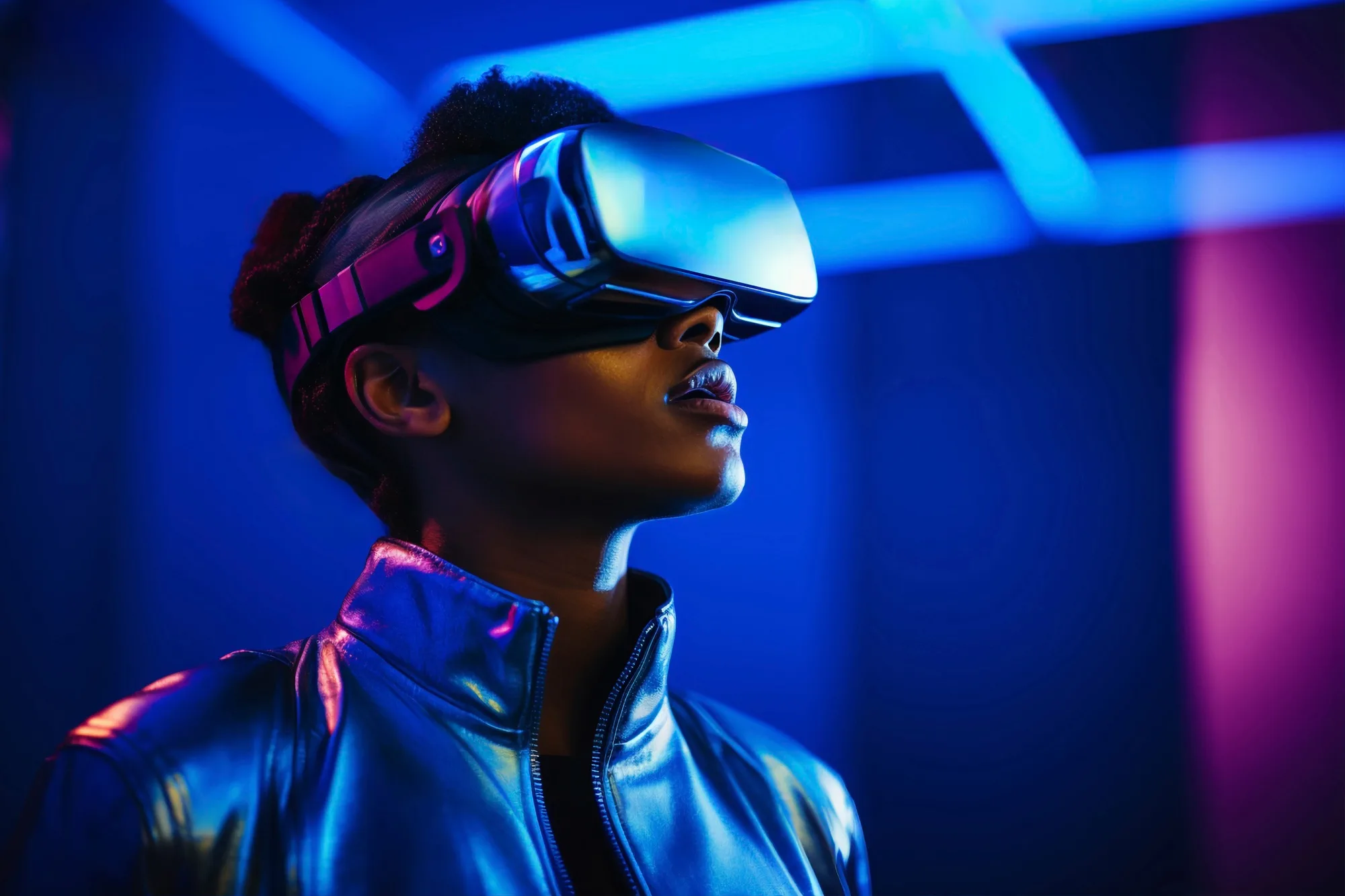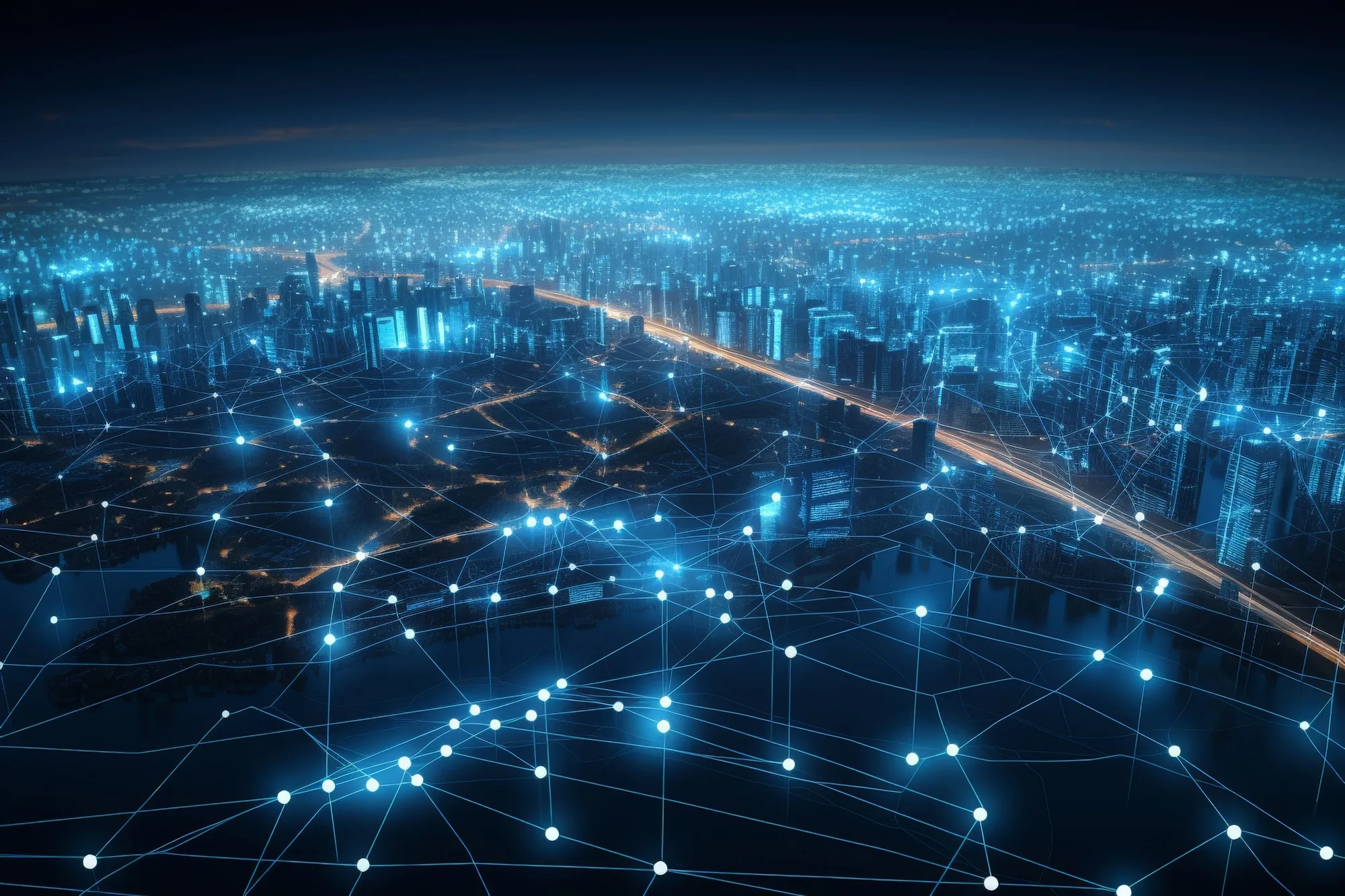The concept of the Metaverse, a collective virtual shared space created by the convergence of virtually enhanced physical reality and physically persistent virtual space, is rapidly gaining traction. With advancements in Virtual Reality (VR) and Augmented Reality (AR), the Metaverse is poised to revolutionize how we interact with digital and physical worlds. Here’s an exploration of the future of VR and AR within the Metaverse, and what it means for various aspects of life and industry.
1. Understanding the Metaverse
The Metaverse is often depicted as an immersive, interactive, and interconnected 3D virtual universe. It combines elements of VR, AR, and other digital technologies to create a seamless blend of the physical and digital worlds. Users can interact with each other and the environment in real-time, using avatars to navigate through diverse virtual spaces.
2. Virtual Reality (VR) and the Metaverse
VR provides a fully immersive experience where users can interact with a computer-generated environment. In the context of the Metaverse, VR plays a crucial role in creating lifelike simulations of real-world locations and entirely fantastical realms.
- Applications in the Metaverse:
- Gaming: VR gaming is expected to evolve with more sophisticated and expansive virtual worlds, offering unprecedented levels of interaction and immersion.
- Social Interaction: Virtual social spaces where people can meet, collaborate, and socialize as avatars will redefine online interactions.
- Entertainment: Virtual concerts, movie screenings, and other forms of entertainment will become commonplace in the Metaverse.
3. Augmented Reality (AR) and the Metaverse
AR overlays digital information on the physical world, enhancing the real environment with virtual elements. Within the Metaverse, AR is instrumental in bridging the gap between the digital and physical realms.
- Applications in the Metaverse:
- Retail: AR can enhance shopping experiences by allowing customers to visualize products in their own environment before making a purchase.
- Education: AR can bring educational content to life, providing interactive learning experiences that blend digital information with the real world.
- Workplace: AR can facilitate remote collaboration, overlaying virtual data and tools onto physical workspaces to enhance productivity.
4. Impact on Various Industries
The Metaverse, powered by VR and AR, is set to transform a wide range of industries:
- Healthcare: VR and AR can be used for advanced medical training, patient treatment, and virtual consultations, improving healthcare outcomes and accessibility.
- Real Estate: Virtual property tours and AR-enhanced property details can streamline the buying and selling process.
- Tourism: Virtual travel experiences can allow users to explore destinations before visiting, enhancing trip planning and accessibility.
- Manufacturing: AR can assist in complex manufacturing processes by providing real-time data and instructions to workers, improving efficiency and accuracy.
5. Challenges and Considerations
While the Metaverse offers exciting possibilities, several challenges must be addressed:
- Technical Limitations: Achieving seamless integration of VR and AR requires significant advancements in hardware, software, and network infrastructure.
- Privacy and Security: Ensuring the privacy and security of users in the Metaverse is crucial, as the collection and use of vast amounts of personal data raise concerns.
- Digital Divide: Access to the Metaverse’s full potential may be limited by socioeconomic factors, highlighting the need for inclusive technological development.
- Regulation and Governance: Establishing regulations and governance structures for the Metaverse will be essential to ensure ethical and fair usage.
6. The Future of the Metaverse
The future of the Metaverse is bright, with ongoing advancements in VR and AR technologies paving the way for increasingly immersive and interactive experiences. Collaboration between tech companies, developers, and policymakers will be crucial in addressing challenges and realizing the full potential of the Metaverse.
Conclusion
The Metaverse represents the next frontier in digital interaction, blending VR and AR to create a dynamic, immersive virtual universe. As these technologies continue to evolve, the Metaverse will transform how we work, play, and connect, opening up new possibilities for innovation and interaction. Embracing this future will require addressing technical, ethical, and accessibility challenges, but the potential rewards are immense.

































